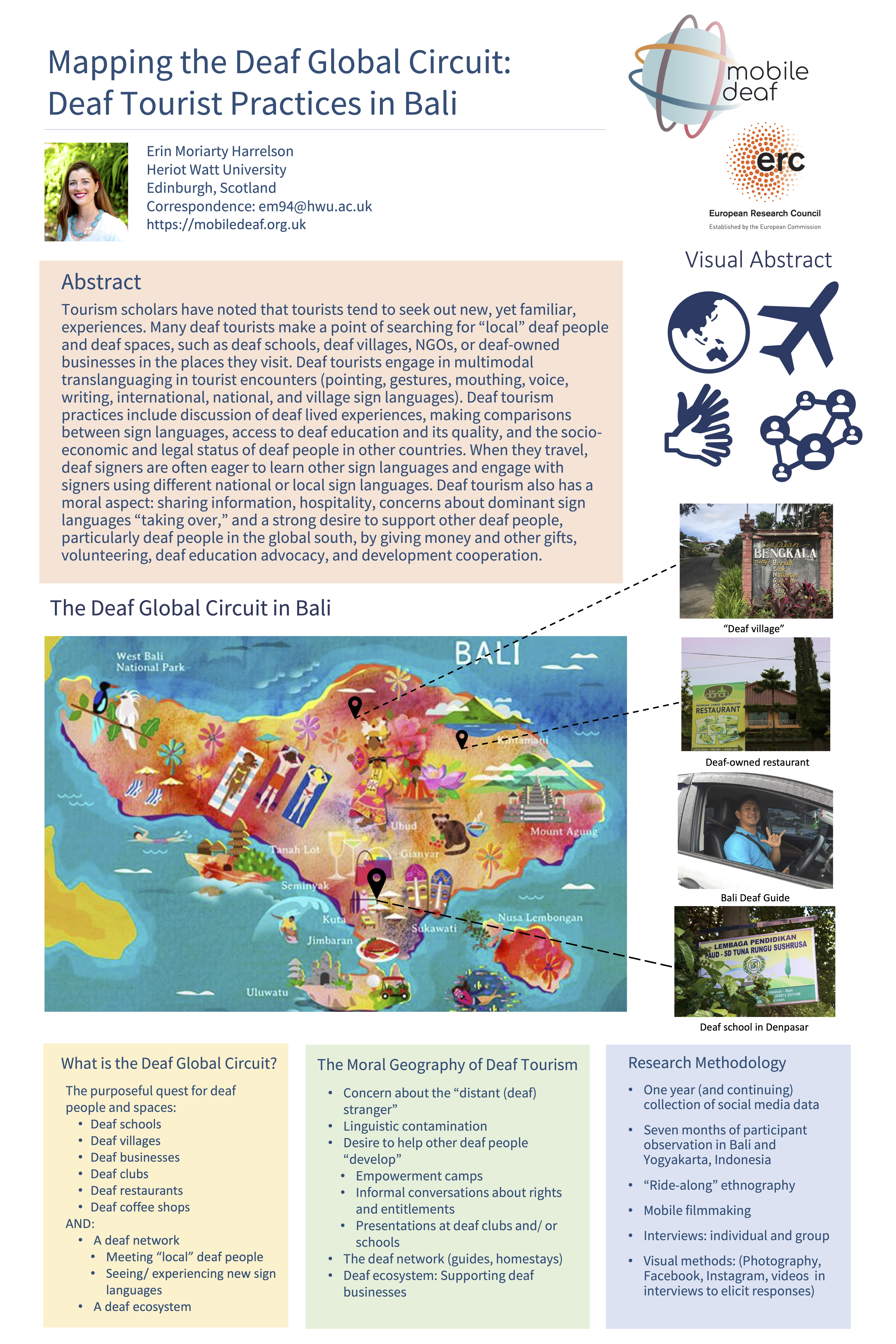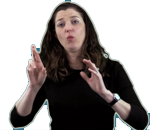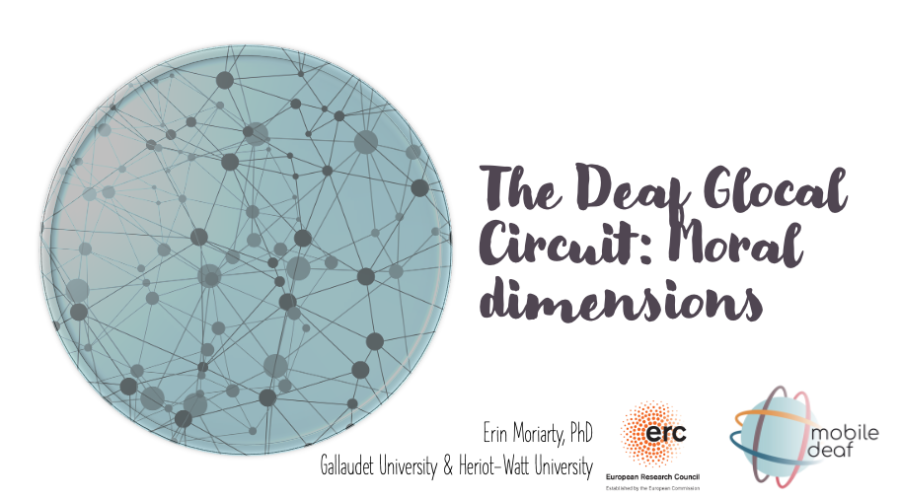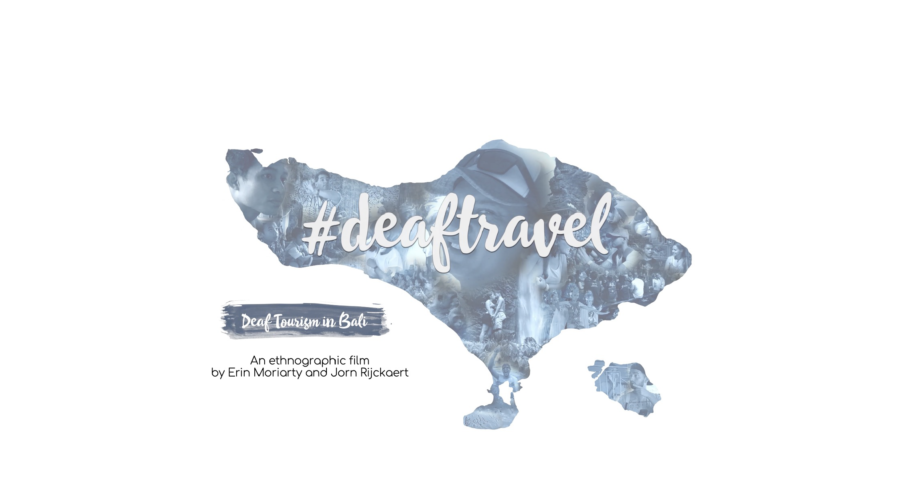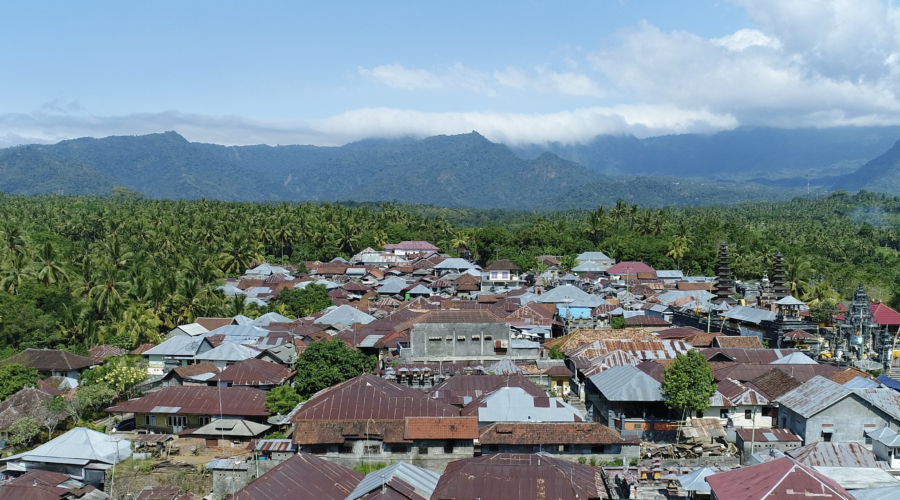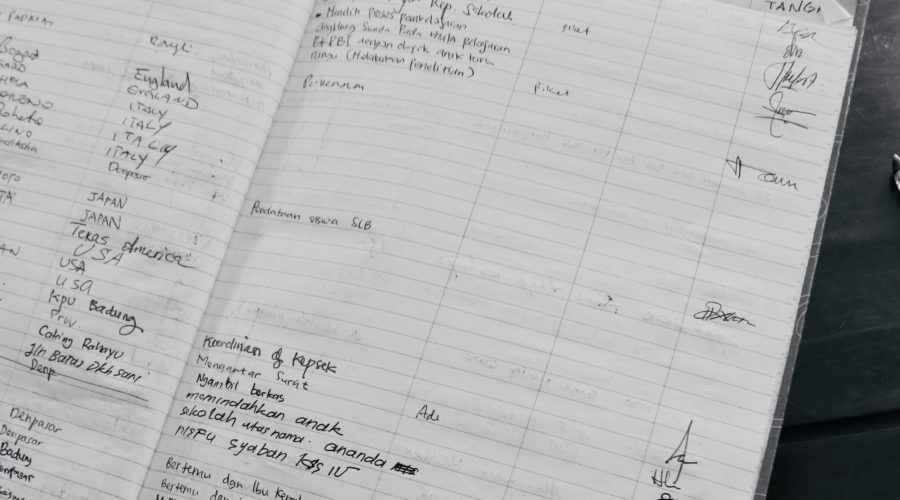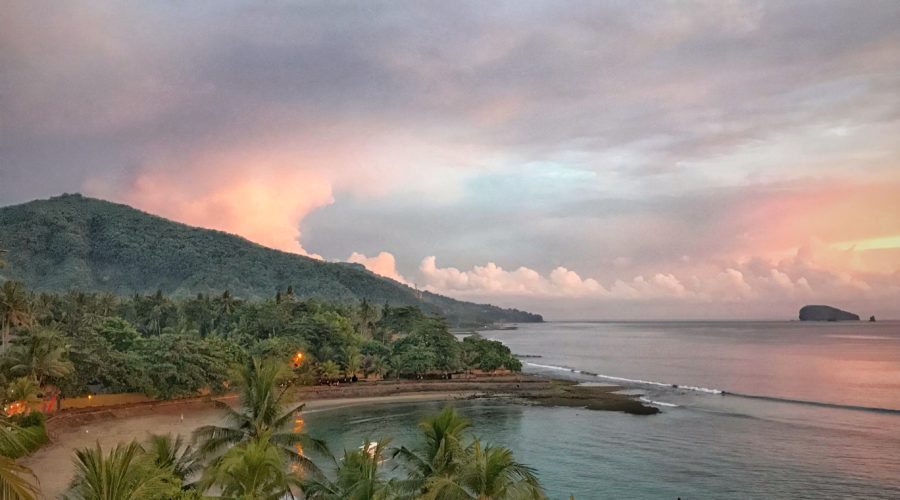This project examines what it is that makes deaf travel different, what advantages (or disadvantages) deaf people from different backgrounds may have when they travel, especially in terms of communication, language use, and networking with other deaf people, especially on social media. I am interested in deaf travellers who seek out contacts, deaf communities, schools, or clubs in the countries they visit.
Using the lens of intersectionality, this project investigates how deaf tourists and deaf hosts/guides connect with each other and experience these encounters, especially given differences such as age, education, and linguistic resources, and how sameness and differences are negotiated. These differences may include inequalities in financial capital and the ability to travel internationally.
Using the lens of translanguaging, this project investigates how national sign languages, International Sign, British Sign Language, American Sign Language, gestures, spoken and written English and/or Bahasa Indonesia are strategically used by deaf guests and their hosts, especially those who function as tour guides.
Finally, an ethnographic film has been produced about how deaf tourists and their guides communicate with each other, as well as the other people involved in contexts such as transport, markets, and/or restaurants, and how these instances of communication and modality choices are experienced.
Publications within this subproject:
Moriarty, E., & Kusters, A. (2021). Deaf cosmopolitanism: calibrating as a moral process. International Journal of Multilingualism, 18(2), 285-302. LINK
Moriarty, E. (2020). “Sign to me, not the children”: Ideologies of language contamination at a deaf tourist site in Bali. Language & Communication, 74, 195-203. LINK
Moriarty, E. (2020). Filmmaking in a linguistic ethnography of deaf tourist encounters. Sign Language Studies, 20(4), 572-594. LINK
